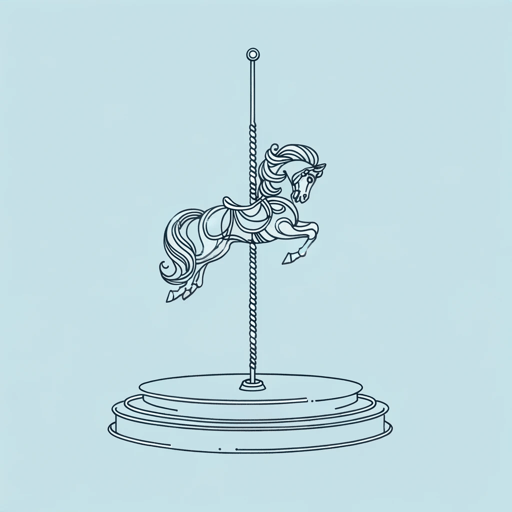48 pages • 1 hour read
Neal ShustermanDownsiders
Fiction | Novel | YA | Published in 1999A modern alternative to SparkNotes and CliffsNotes, SuperSummary offers high-quality Study Guides with detailed chapter summaries and analysis of major themes, characters, and more.
Symbols & Motifs
Authority
Throughout the novel, authority figures symbolize incompetence and corruption. In the Downside, in the absence of a Most-Beloved, the authority rests on the Wise Advisors. The name is ironic, and the twist is that the Wise Advisors aren’t smart: “[N]othing they ever said was either wise or advisable” (30). People in power aren’t automatically intelligent or credible: They represent selfishness and deceit—in other words, corruption. The Wise Advisors reveal their corruption with Railborn. He suggests a punishment for Talon and the Wise Advisors tell him, “Very well, then, we’ll do exactly as you say” (119). They’re lying, and they order his execution not because he’s a threat to the Downside but because he challenges the norms and rules that keep the Wise Advisors in power—he’s a threat to them.
The Wise Advisors want to merge themselves with the Downside to make themselves indispensable. When Talon becomes Most-Beloved, he’s genuinely beloved, and though he manipulates rules and norms, his powers help the Downside expand: They now get to live on skyscrapers. Thus, authority isn’t always corrupt. However, Talon’s choice to conceal the truth about the Downside’s origins suggests he has the capacity for deceit and underhanded behavior.
Topside authority is corrupt too.
Related Titles
By Neal Shusterman

Bruiser
Neal Shusterman

Challenger Deep
Neal Shusterman

Dry
Neal Shusterman, Jarrod Shusterman

Everlost
Neal Shusterman

Full Tilt
Neal Shusterman

Game Changer
Neal Shusterman

Scythe
Neal Shusterman

Tesla's Attic
Neal Shusterman, Eric Elfman

The Dark Side of Nowhere
Neal Shusterman

The Schwa Was Here
Neal Shusterman

Thunderhead
Neal Shusterman

UnWholly
Neal Shusterman

Unwind
Neal Shusterman

